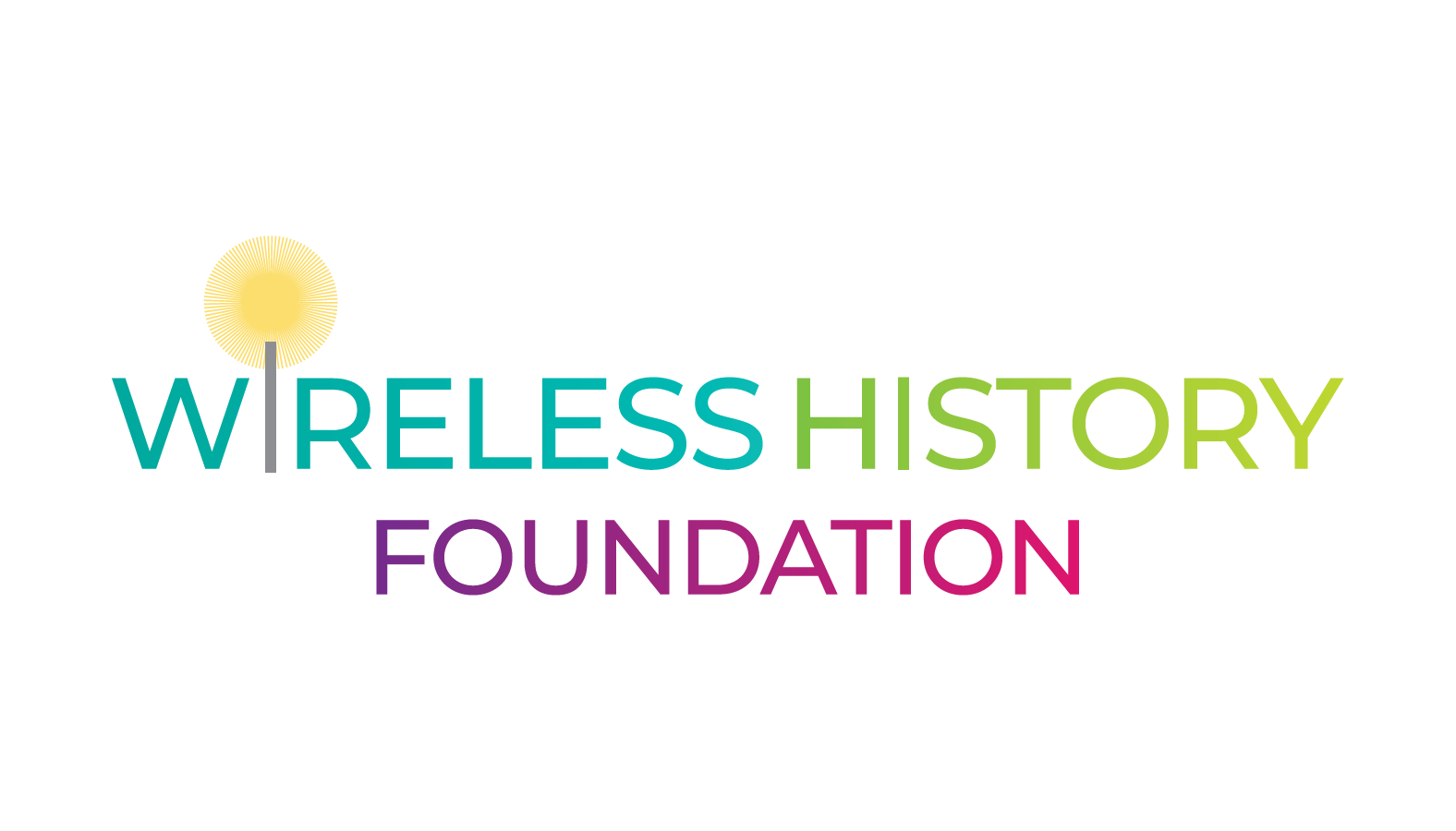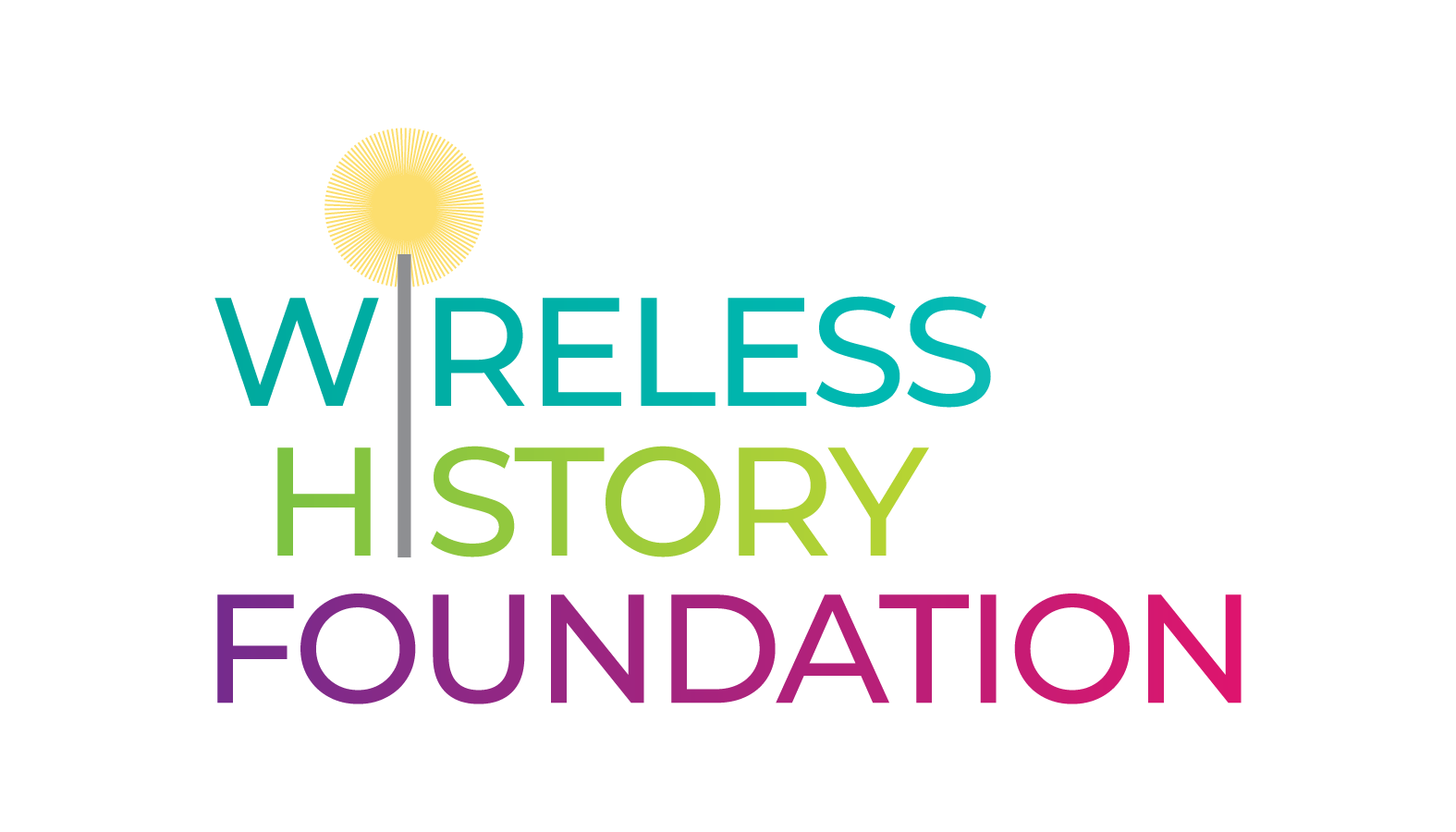Prior to his work on cellular systems in the early 1970’s, Philip Porter worked on conventional radiotelephone systems, and was a co-inventor of the Metroliner radiotelephone system which introduced crude handoff technology in a linear cellular system. From 1971-1977 he led the group at Bell Labs which developed the control architecture for the first AMPS system. Subsequently, he worked on advanced cellular technologies and future standardization positions both at Bell Labs, and starting in 1984, for BellCore. Awarded the IEEE Fellow rating in 1999, he retired in 2000. He passed away in 2011.
His personal contributions included the introduction of “corner-excited” cells with three 120-degree directional antennas. Early listening tests, propagation measurements and computer simulations, implied that 12-cell reuse pattern was required to achieve the desired “90% good-to-excellent” voice quality. Phil Porter’s proposal to use directive antennas at base stations reduced interference enough to allow a 7-cell reuse pattern, significantly improving spectrum efficiency.
Another of his major innovations was pre-origination dialing – entering the number, then hitting the Send key. This made the dialing operation safer, as well as eliminating dialing time on precious voice channels. While this procedure is used universally today both in cellular systems and on cordless land-line phones, it was a major departure at the time from common practice in telephone networks. While many engineers contributed innovative technologies during the earliest days of cellular, the most critical elements were the system design principles which made cellular service viable. Phil Porter was a major force in these developments, driving access and hand-off processes required for the introduction of cellular systems.
In 2016, Phil Porter was posthumously inducted into the Wireless Hall of Fame along with his Bell Labs partners Dick Frenkiel and Joel Engel.


